Name:
Student Number:
Date:
Assessment
Major:
Practice:
Victoria Di Gioia
0968527
18-12-2020
Competency 3
Illustration & Design
Social - Cultural Diversity
To whomever it may concern,
This is an open letter to multiple institutes in our society (such as medicine, education and family) that have led me down a path of dissociation from my body. I have been characterised by these instituts without acknowledgement as “disadvantaged”, however I now begin to recognize this is only relevant as I take part of their system. What I am speaking in reference to is my role in such systems when dealing with a learning disability that is Dyslexia.
I have been let down by these institutes as they all collaboratively went with the construction that my dyslexia was to be seen as a problem. Reinforcing the narrative of it being a taboo in all cornerstones of my life. In many ways I have undergone a process of “soft violence” where those around me, I believe, to have had the right intention with their care however, having a harmful practice. This was a burden I have carried with me till this day and now am in the process of normalizing it as an act of mending.
Using the theoretical ideology that "The late capitalist model has alienated the human body to such a degree that we no longer are allowed to be human to be considered successful." by Rizmi, Uzma. in “Decolonization as Care.” Slow Reader: A Resource for Design Thinking and Practice, Eds. Strauss, Carolyn and Pais, Ana Paula. Amsterdam: Valiz, 2017. has allowed me to better understand the role of these institutes when it comes to how I have learnt to see myself and my self-worth. Growing up with so much embarrassment and frustration over not being able to control qualities that make me human opposing to something of the extreme, has significantly hindered what bars I have set myself for success, as well as the bars these institutes set me.
Carrying on this ideology, I was able to identify coping patterns I have adopted in the past and am currently still utilizing. The patterns of choosing something to set me apart so I would not be entered in the same level of competition as my peers. Whether I have come to this decision on my own or it being what the system has conditioned me to do, is something still to be questioned. This method of self preservation has brought me to choose a discipline in the arts rather than Mathematics or Linguistics. Even within my major of Illustration and Design I see myself putting up a barrier to avoid the medium of drawing, as to force myself to be set apart as a 3D medium worker.
It's time for me to mend my relationship with my dyslexia and I urge these institutes to do the same when dealing with learning disabilities, so that they don't transcend as disabling people's identities as they have with me.
Regards,
Victoria Di Gioia.
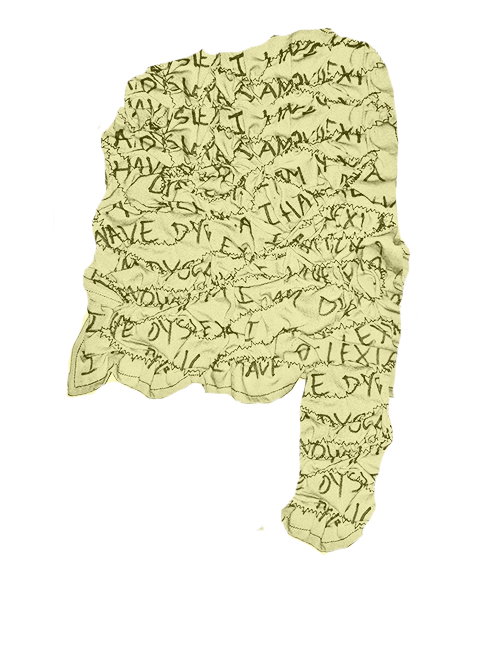
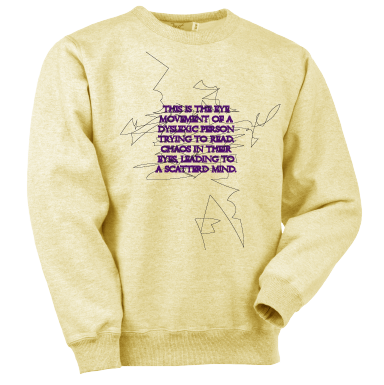

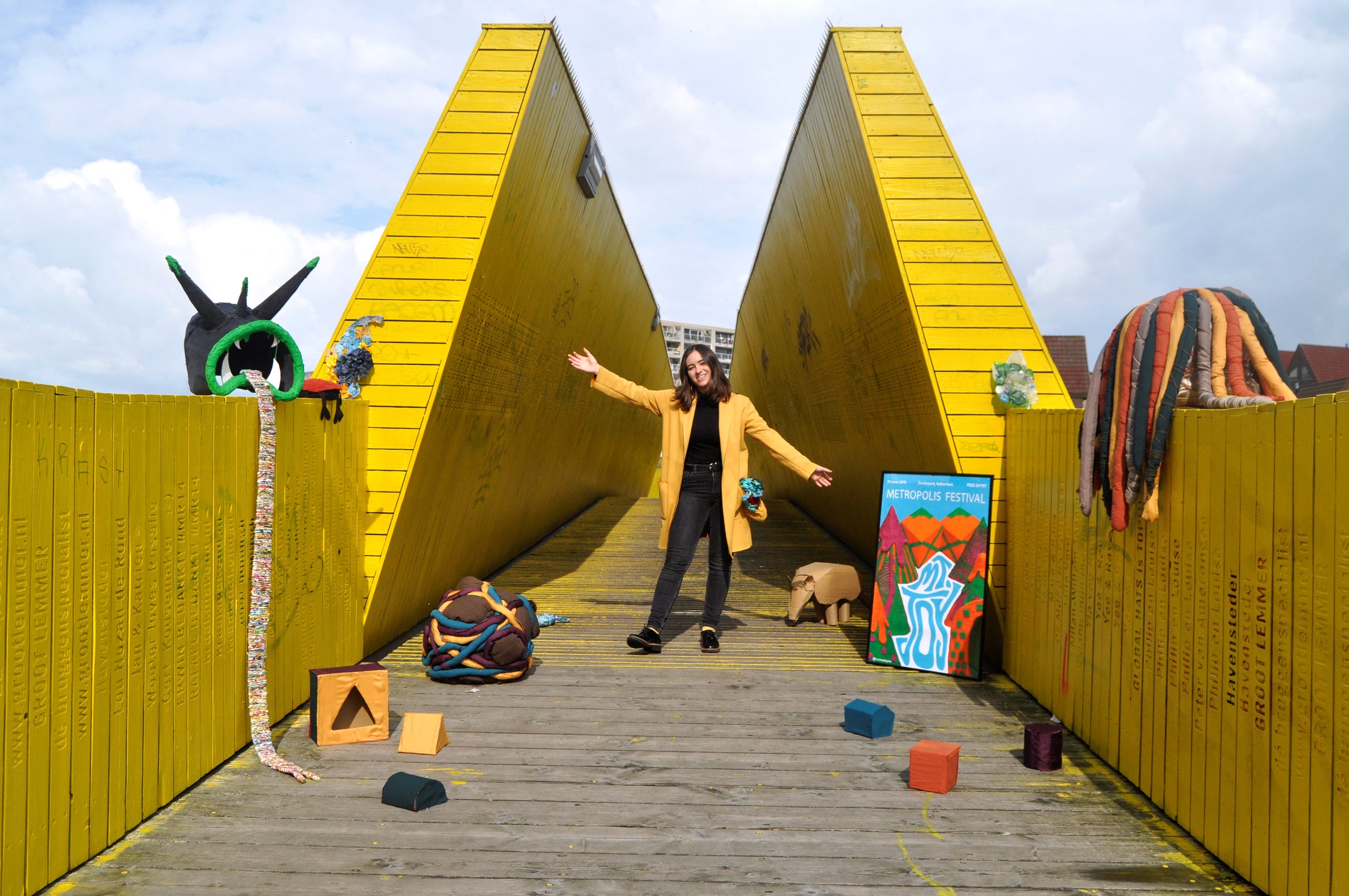
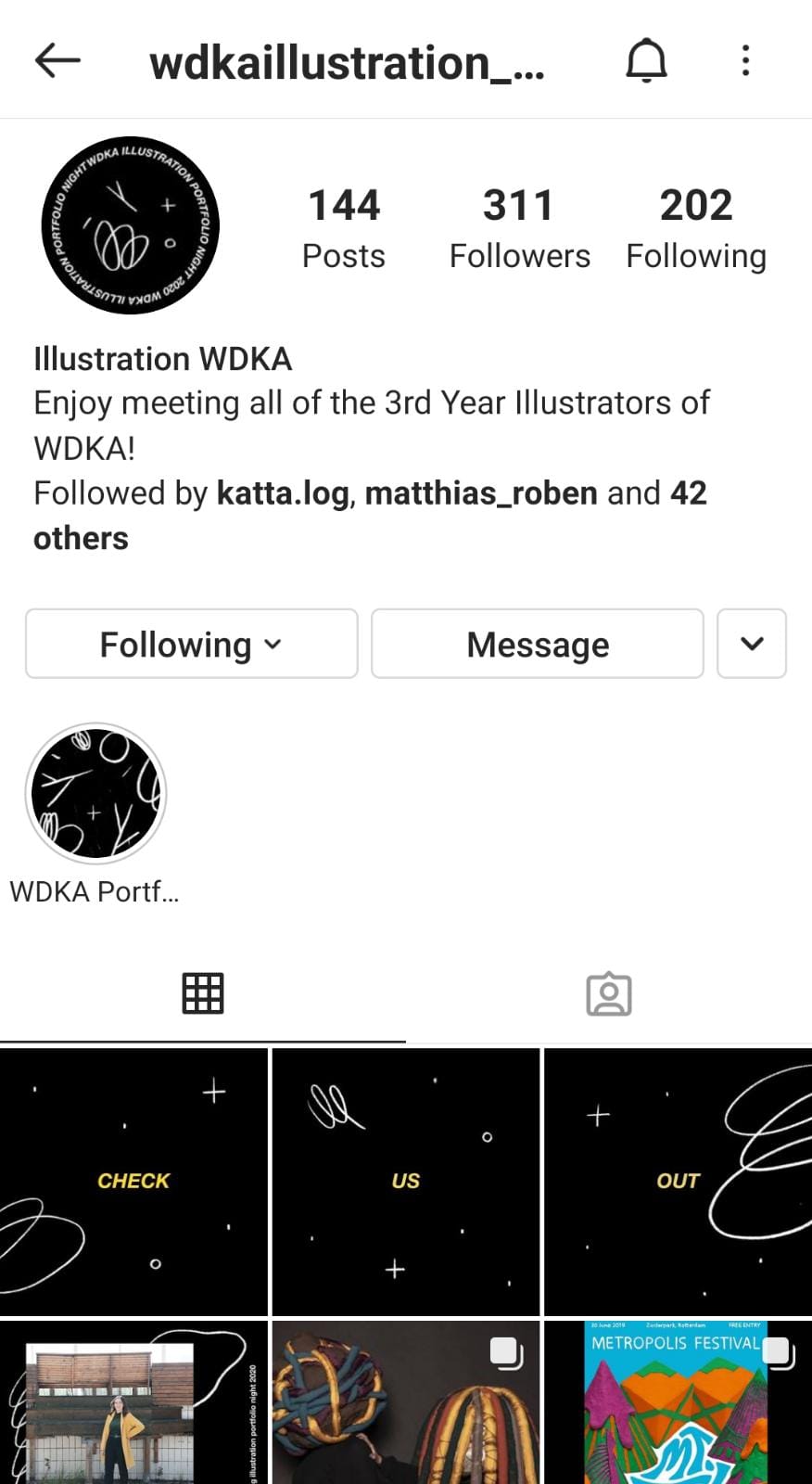
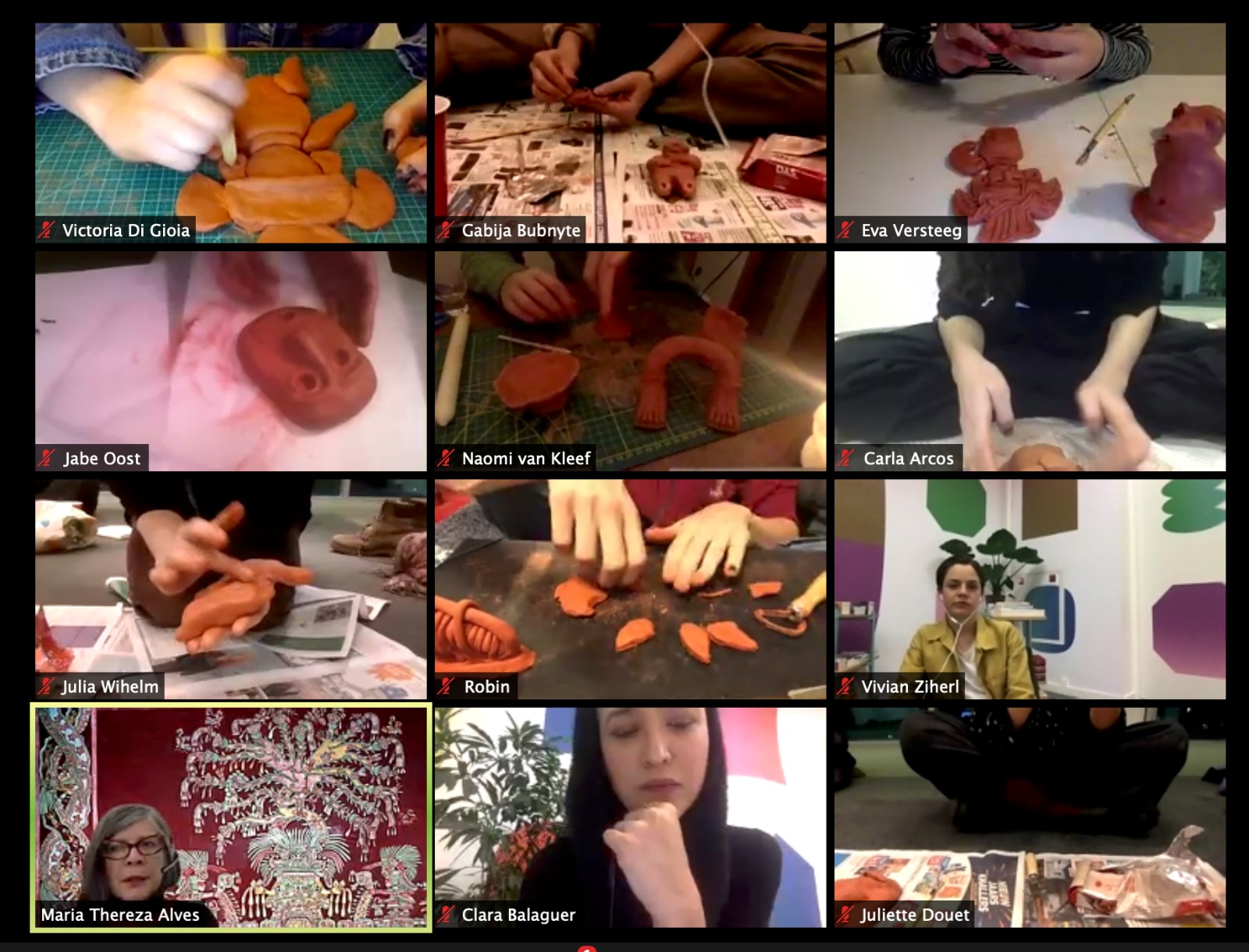
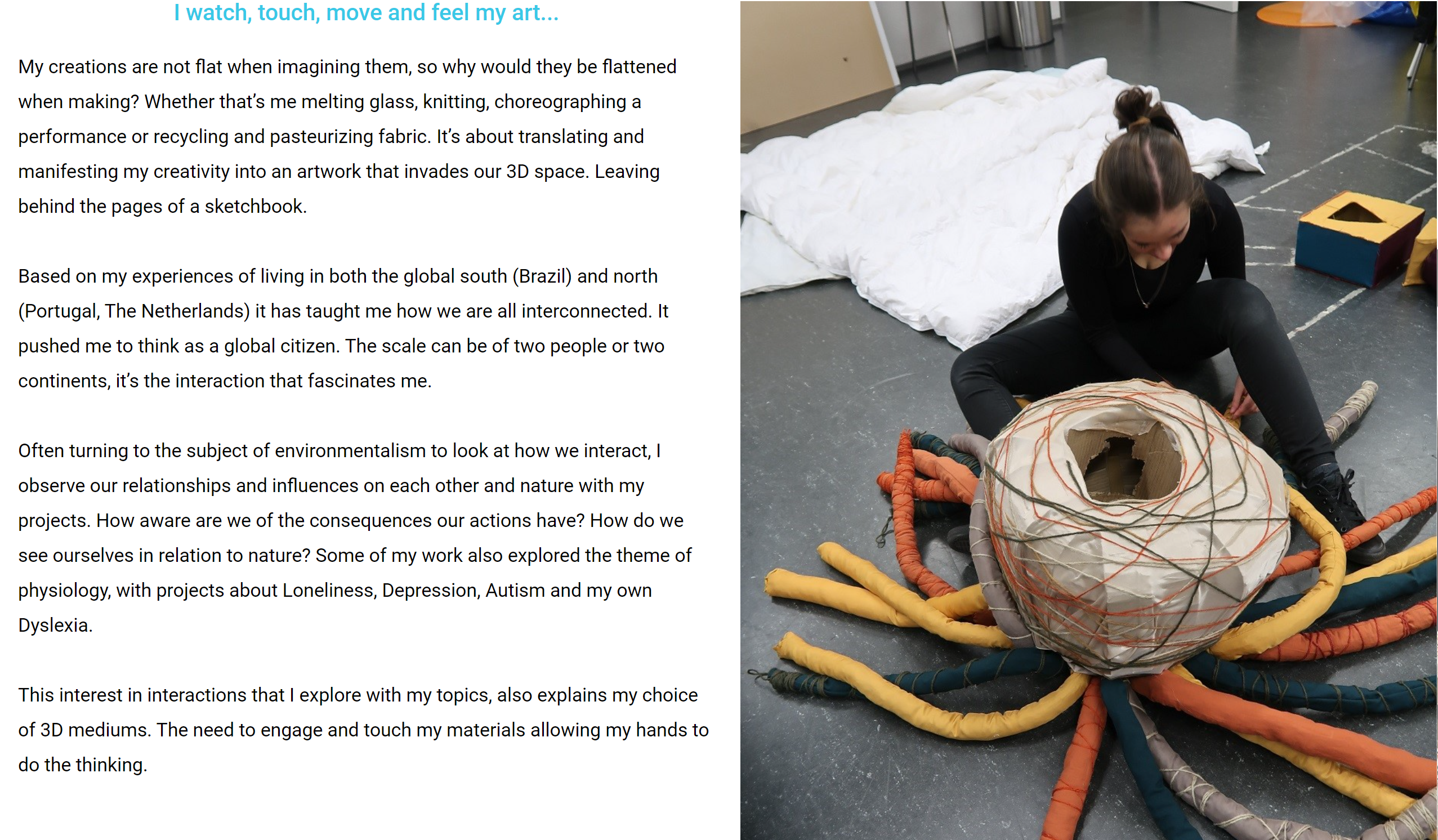
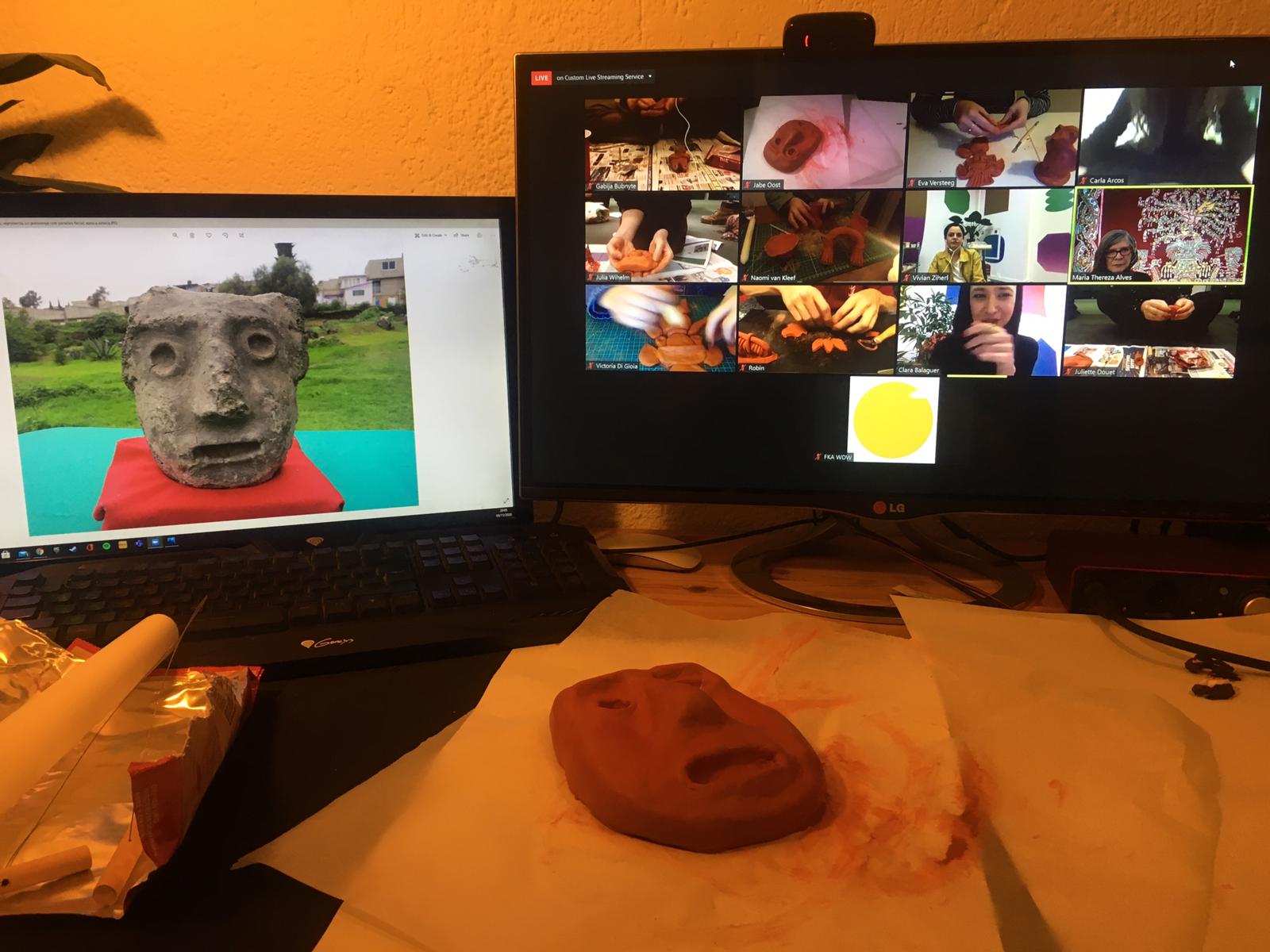
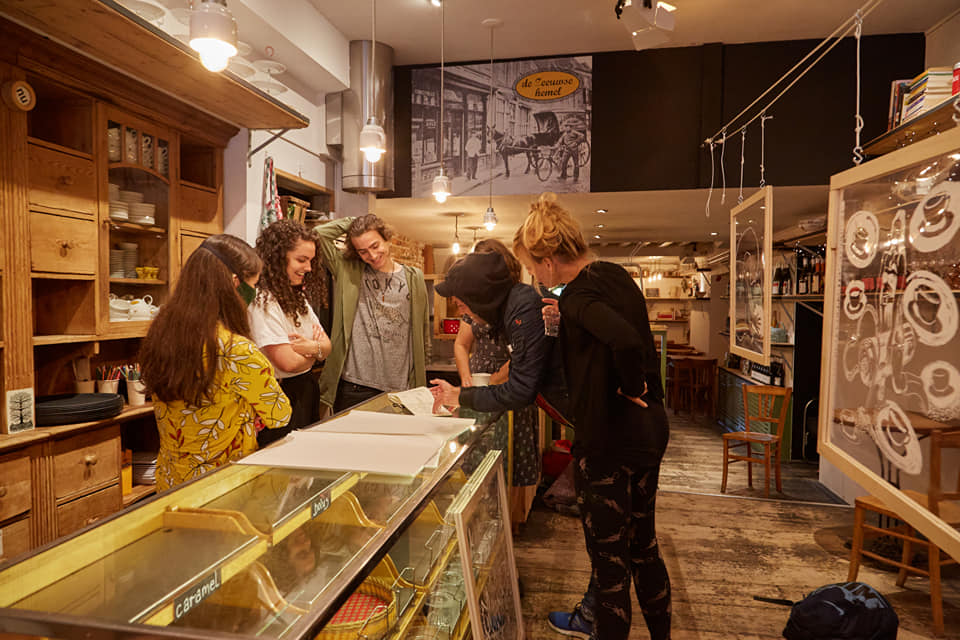
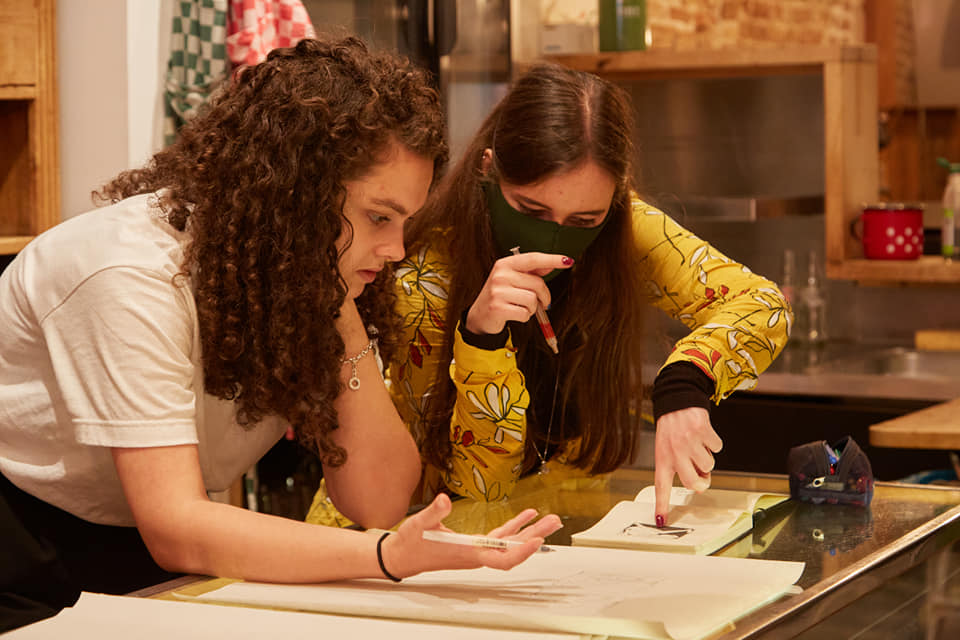
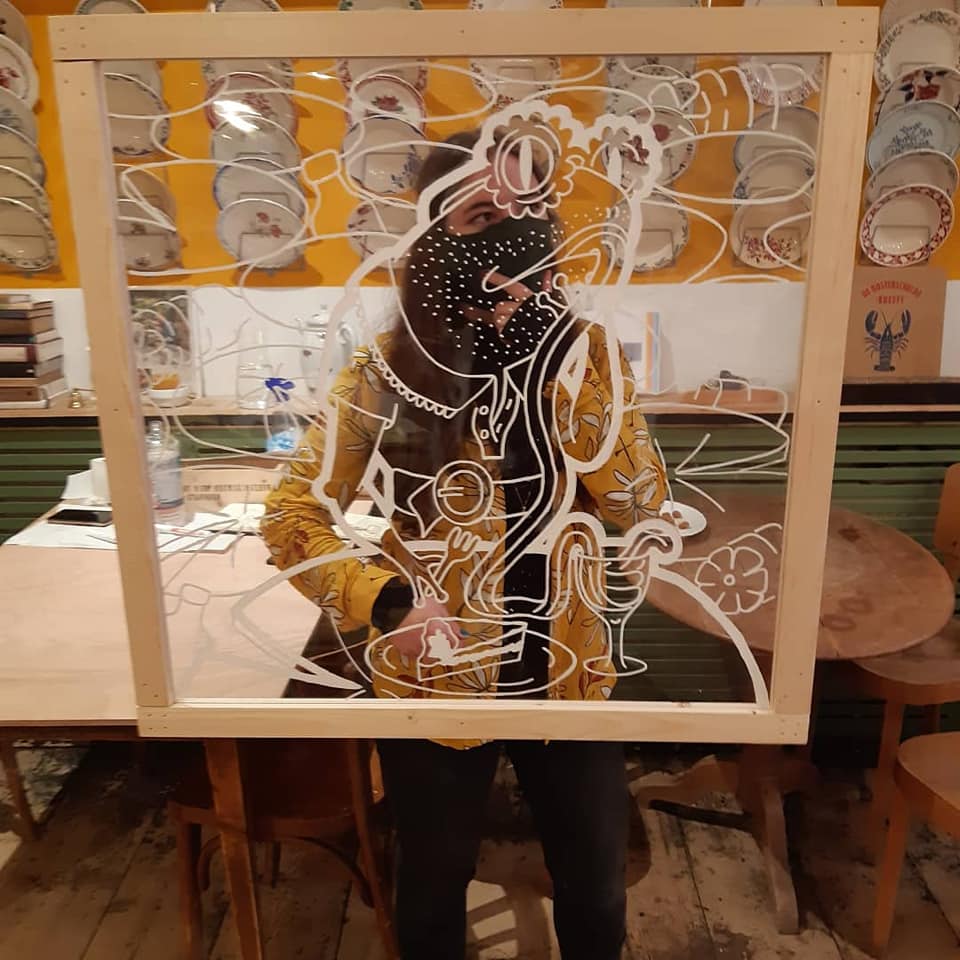
"How do skaters queer masculinity?"
For the Queering Spaces project in the Cultural Diversity practice, I mapped the space of WestBlaak Skatepark in Rotterdam. The skatepark was riddled in its unwritten rules, one being the type of bodies to inhabit it. Predominantly caucasian and male-presenting, they collectively participate in the activity of skating, however not always viewed as hegemonic hetro-masculine outside of the skatepark. This was the starting point to question “How do skaters queer masculinity?”.
Firstly, it is important to look at the sport and understand it as a subculture as well. Their culture values creativity, risk and freedom. Visual representation has always been an important dimension of youth culture aiding with self discovery and identity. Skateboarding’s ethos is defined, by most, for its resistance to authority and by bodily autonomy.
For many skaters that are women, queer, non-binary, and trans, they have been excluded from a hetero and generally male-dominated skate scene for most of its history. It is only recently that these people have felt a sense of belonging in skate culture, the desire to skate was always there, but the skate park was often less than welcoming. Nowadays the youth have Leticia Bufoni and Cher Strawberry to look up to aside from the established Tony Hawk and Pedro Barros. In addition, groups such as THERE and United Skating from the West Coast, USA, or events from the New Wave here in Rotterdam, help cultivate a more inclusive skating.
However, for the purpose of this essay the focus will be on the skateparks following the mappings for the WestBlaak skatepark. Them being one of the most defining aspects of skating, and where representation is currently mostly of straight white cis-boys, how do they represent themselves in relation to masculinity?
It is not uncommon for your body profile to reflect the sports you are in. We see this in swimmers' broad shoulders, basketball players' tall heights, rugby players' big muscles and so on. It also applies to a skater's body profile as it is a very core intensive exercise when done at any level beyond the most casual. Resulting in them being leaner than they would typically be. Having a slender figure in the mainstream western culture is a characteristic attached to femininity. Therefore, a “typical skater” having a leaner body, is a way to be seen not having a “typical masculine figure”. On the other hand, for females to participate in skating, they often adopt the more masculine parts of the culture and are then branded as Tomboys. Broadening the vision of masculinity when performed by females.
In an interview by Justin Porter for The New York Times, professional skateboarder Mike Vallely says, ''I think skateboarding is more fashion than function. It's more aesthetic than anything else. It's more rock 'n' roll than athletics.''. Perpetrating the notion of skater boys curating their style with the objective of using fashion as self-expression over utility. A lot of the time drawing inspiration from skinny jeans punk and crossing over to baggy pants hip-hop. Skaters will accessorise and layer putting thought into their wardrobe. Reflecting this sense of “vainess”, meant for women in mainstream culture, and a quality hetro-masculine men should possess. Their attachment to the style of clothing and bodily adornment function as symbolic statements of their rejection of mainstream values, but also establish a collective identity, of an alternate masculinity.
Continuing in this line of thought of alternate masculinity, we see how it is in the subculture of skating in more ways than just fashion through; personal freedom, self-expression and cooperation. Differing from the stereotypical masculine values of aggression, power and competitiveness. Many straight men experience and dedmonstate this alternate masculinity also being seen as "queer masculiity". The queer masculinities of straight men do not have a similar representation, and they lack legitimacy as a form of masculinity. Frequently, straight males perceived to be queere or who actively disrupt both hetro-normativity and hegemonic masculinity are problematized. It is in this area a lot of skaters are present on the presumed scale of masculinity.
In conclusion, there are more than one way how skaters queer masculinity. The ones mentioned in this essay are through fashion and body, community values of cooperation to each other and subverting the mainstream. Their active ethos to rebel against the status quo consequently resulting in them rebelling from the hetro-normative masculinity. Therefore the best way in which they achieve this is by presenting a masculinity entirely of their own, diverging from the norm thus querying it.
APA REFERENCE LIST
Bettens, C. (2020, September 18). The politics of queer skate culture. Dolescent. https://www.adolescent.net/a/the-politics-of-queer-skate-culture
Buckingham, D. (2009). Skate Perception: Self-Representation, Identity and Visual Style in a. SpringerLink. https://link.springer.com/chapter/10.1057/9780230244696_7
Cowan, J. (2020, June 18). How Skateboarding Can Help Fight Racism. The New York Times. https://www.nytimes.com/2020/06/18/us/usc-skateboarding-study.html
Heasley, R. (2005, January 1). Queer Masculinities of Straight MenA Typology. ResearchGate. https://www.researchgate.net/publication/249696502_Queer_Masculinities_of_Straight_MenA_Typology
inside california’s queer skating scene. (2019, April 23). I-d. https://i-d.vice.com/en_us/article/bj9x88/california-queer-skating-scene-unity-skateboarding-cher
Porter, J. (2008, September 24). Skateboarders Seem to Prefer Style Over Function in Selecting Shoes. The New York Times. https://www.nytimes.com/2008/09/25/fashion/25skates.html
Sofia, S. (2020, October 14). What is Streetwear & How Street Culture is Important? Systema Sofia. https://systema-forever.com/blogs/blog-posts/what-is-streetwear-how-street-culture-is-important
ZOOM OUT TO SEE AND EXPLORE MY QUARANTINE WALL OF COMPETENCIES!
WELCOME :)
I chose this form for the competency portfolio because over the past months I have had to document my courses/projects using Hotglue. So it made sense to summarize this year for competencies using hotglue too. In addition, with quarantine my walls are constantly being covered by work to keep me aware of my projects. In order for me to visualize and be reminded. Hotglue allows me to do the same but virtually. Therefore... welcome to my quarantine wall of competencies!
The most important feedback of the previous assessment was “You have found your place in the academy but also you have defined your fields of interest, looking for projects within these fields…”. This was really good to read at the time and helped me see a strong sense of artistic self. However, 2020 was incredibly hard not only academically but personally. I feel as if all the work to create that strong sense of artistic self was undone. Meaning this was my most “valued” feedback at the time and my now most reflective one.
I had chosen to do an internship to gain job experience however, I will be taking time off school instead. starting February for 6 months I am going on a break. This decision is very much reflective of the feedback mentioned above. I want to take the time to find my motivation and inspiration to continue this study. Meaning, I want to do small passion projects and think long term about what career I want. This then connects to how I am using my Cultural Diversity Minor and later internship. I will be hopefully questioning everything.
INTRODUCTION CA3